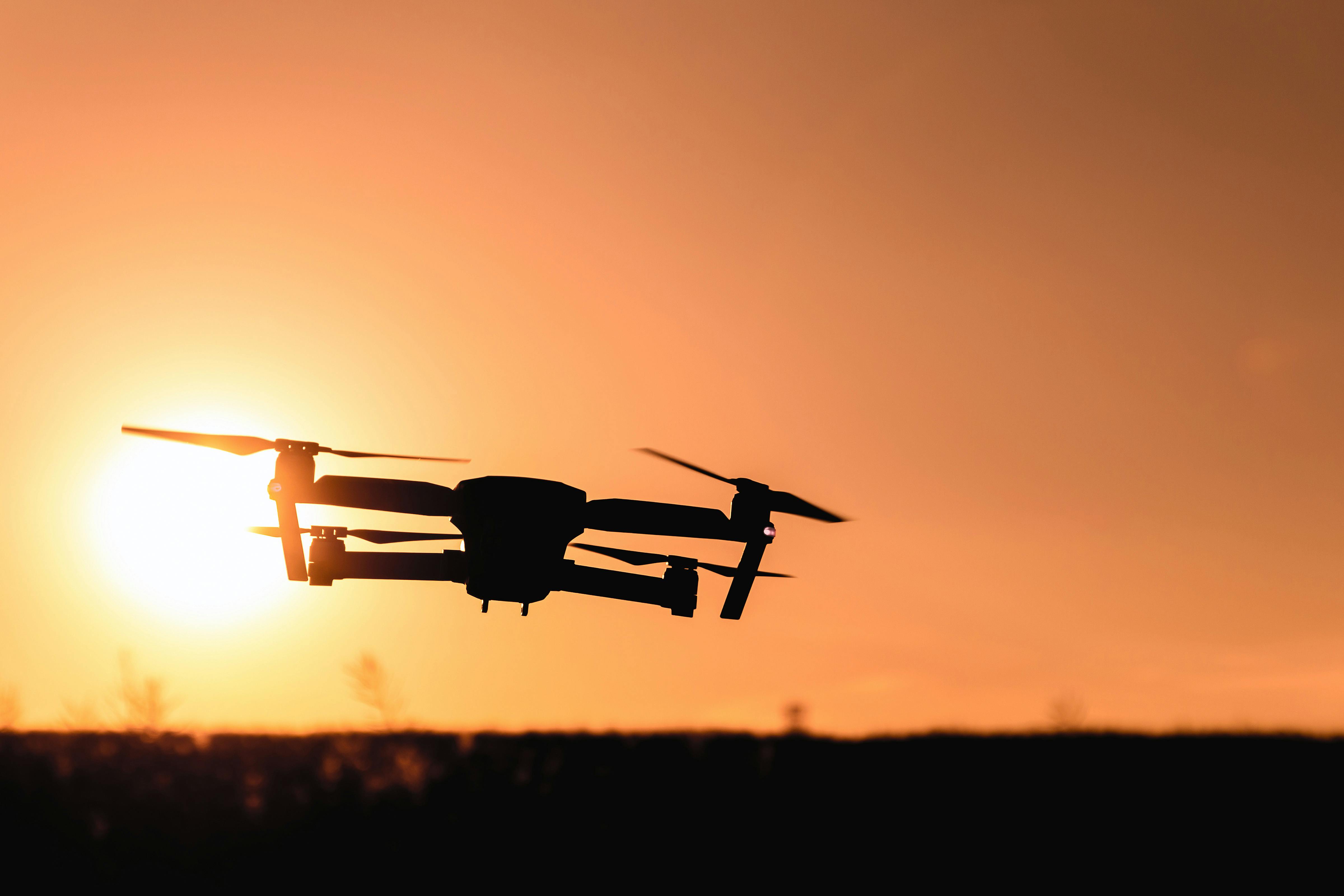Unveiling the Potential of Telecommunication Drones
In our rapidly evolving digital world, drones have emerged as a game-changing technology, set to revolutionize the internet and telecommunications industry. From delivering Wi-Fi in disaster-struck areas to maintaining network infrastructure, let's delve into the promise and practical applications of telecommunication drones.

Background: From Warfare to Wi-Fi
Drones, also known as Unmanned Aerial Vehicles (UAVs), initially found their place in military applications. However, their potential quickly spread to other sectors, including telecommunications. In 2014, Google purchased Titan Aerospace, a solar-powered drone manufacturer, marking a significant shift in the drone industry. Around the same time, Facebook initiated the Aquila project, aiming to provide internet access to remote areas via high-altitude drones.
Current Landscape: Soaring High in Telecom Sky
In recent years, telecommunication drones have gained considerable traction. They offer a cost-effective and efficient solution for maintaining telecom infrastructure, inspecting towers, and even providing temporary network coverage during emergencies or large-scale events. Regulatory changes, including the Federal Aviation Administration (FAA)’s relaxation of drone usage rules, have further fueled this trend.
The Impact: Connecting the Unconnected
Telecommunication drones are poised to bridge connectivity gaps, particularly in remote and disaster-hit regions. These UAVs can quickly provide temporary internet coverage, enabling vital communication during emergencies. While we’re still in the early stages, the efficacy of this technology was demonstrated when AT&T deployed drones to restore cellular service in the aftermath of Hurricane Maria in Puerto Rico in 2017.
Challenges: Navigating the Drone Zone
Despite the potential, telecommunication drones face several challenges. Battery life, weather conditions, and regulatory restrictions can limit their operations. Additionally, issues around privacy and security remain a concern with aerial technology.
Practical Applications: A Glimpse into the Future
Beyond disaster recovery, telecom drones could play a significant role in special events, providing extra bandwidth to handle increased network demand. They could also facilitate efficient and safe inspection of telecom towers, reducing the need for human intervention.
The potential of drones in the telecom sector is vast and largely untapped. As the technology matures and regulatory landscapes evolve, we may soon witness drones becoming a common element in our digital skies, enhancing connectivity and transforming the telecommunications industry.




